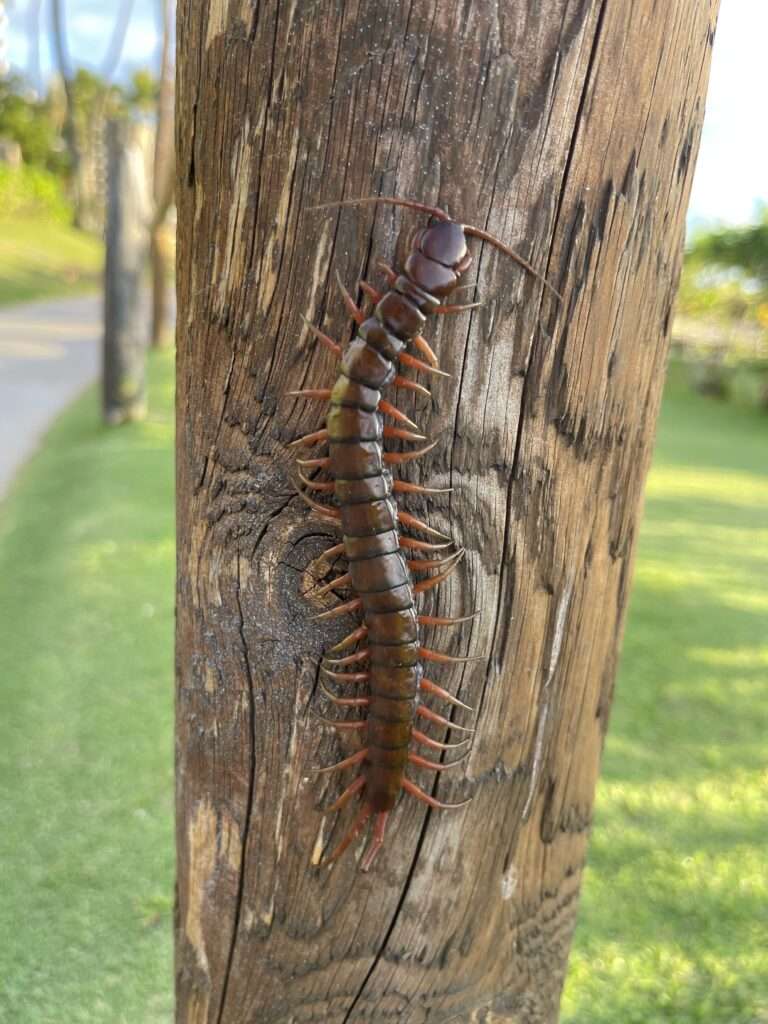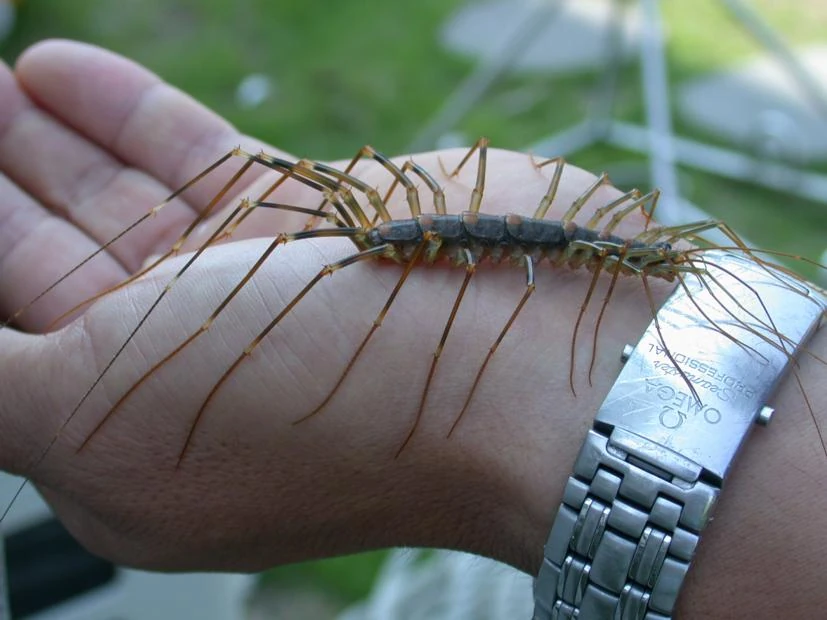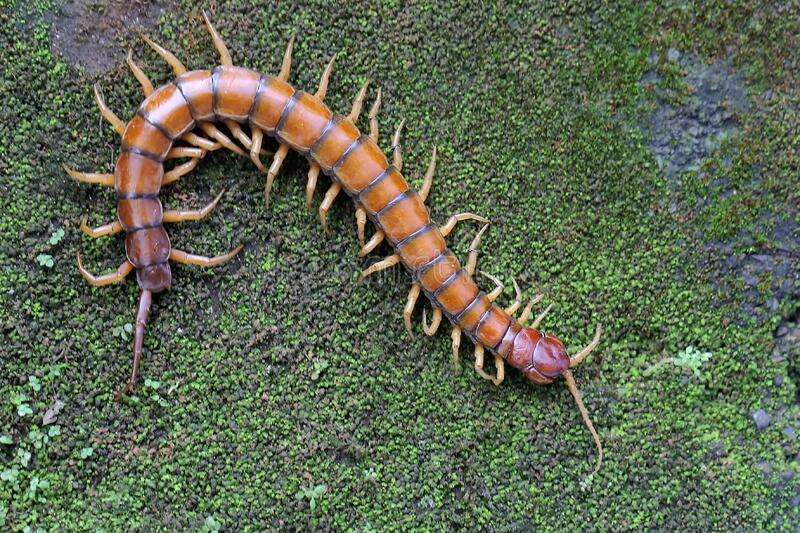
A species of very huge centipede called Scolopendra subspinipes can be found all over eastern Asia. It is one of the most widespread and common species in the genus Scolopendra, and it can be found virtually everywhere on land that borders the Indian Ocean, throughout all of tropical and subtropical Asia from Russia to the islands of Malaysia and Indonesia, in Australia, South and Central America, the Caribbean, and possibly in some areas of the southern United States. However, it is unclear how much of this distribution is due to natural occurrences and how much is due to human introduction.
Geographic Location
Contrary to popular belief, the Vietnamese centipede may be found all over the world in tropical and subtropical temperatures. Despite being primarily found in Southern Asia, they have spread to numerous other nations.
Habitat
Vietnamese centipede adults are solitary creatures who are most active at night while typically searching for food. They typically hide out in dark, damp places like cracks, beneath rocks, and logs during the day. They favor warm air temperatures and high humidity levels (70-75F).
Description
- This species, which can reach a maximum length of 20 cm, is big.
- But in 2018, Clayton Cambra discovered a much larger species in Hawaii.
- Its color varies; typically, its body is red or reddish-brown, and its legs are yellow or yellow-orange. It shares 22 body segments with other Scolopendra species, with one pair of legs on each segment.
- On its head, toxicognaths or forcipules are found which is actually a flat shield and a pair of antennae, along with a pair of modified legs.

Diet
The carnivorous Vietnamese centipede primarily consumes other arthropods. Their primary sources of food are small insects, spiders, and earthworms, but they are also capable of killing and preying on rodents or mice if they fully utilize the venom in their jaws.
Reproduction
When mating, the male centipede generates mature sperm cells, which are then transferred to the female. The female guards the fertilized eggs until they hatch and then lays them in a hidden, dark place. Juveniles are the developmental stages of an organism. Before maturing into an adult, the juvenile will molt (lose exoskeleton) several times during its developmental phases.
Usage by Humans
A common pet among arthropod hobbyists is S. subspinipes. For Aboriginal Australians, the centipede served as a traditional food source.
Venom
A human death has reportedly been attributed to the venom of S. subspinipes. A 7-year-old girl was fatally bitten on her skull by a centipede in a case that was documented in the Philippines. In 29 hours, she passed away. Extreme pain is one of the symptoms of its venom.
Keeping as Pet
Captive Care
- Temperature: 75 to 85 degrees Fahrenheit is the temperature.
- Humidity: High humidity of 75% to 80%
- Substrate: 4 to 5 inches of damp potting soil, Zilla Reptile Jungle Mix Moss & Fir, Zoo Med Eco Earth, or a combination of the aforementioned. You may offer a piece of cork bark or another kind of shelter. Given that centipedes are susceptible to dehydration, the substrate shouldn’t be allowed to totally dry out.
- Prey items: Can be fed a variety of invertebrate prey, occasionally small vertebrate prey little bigger than a centipede.
- Miscellaneous: To avoid escapes, all enclosures (click the jump link to see our recommendations) must be securely fastened. This species has been linked to the death of one young kid in its natural habitat.
Table





